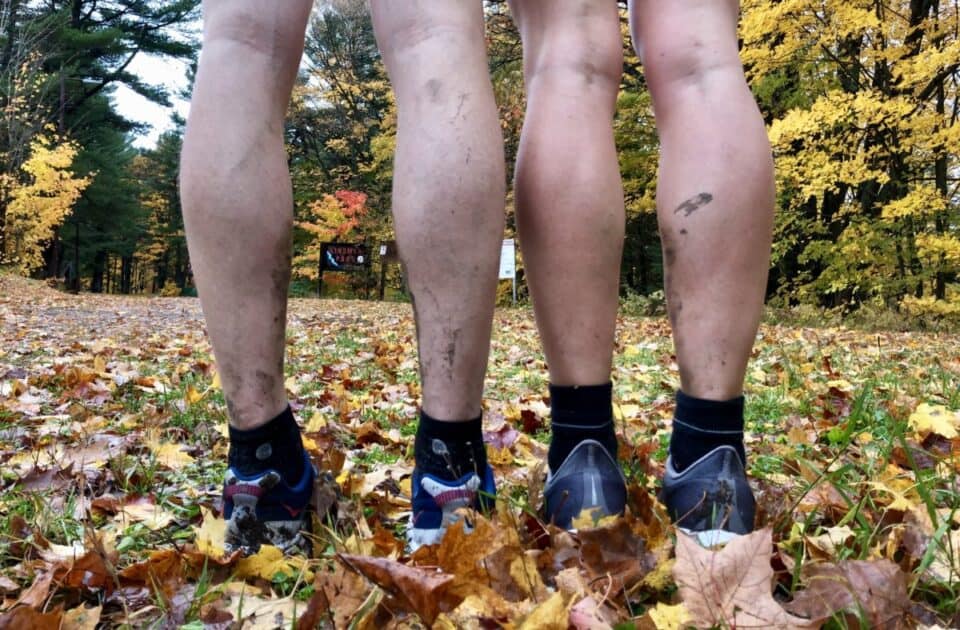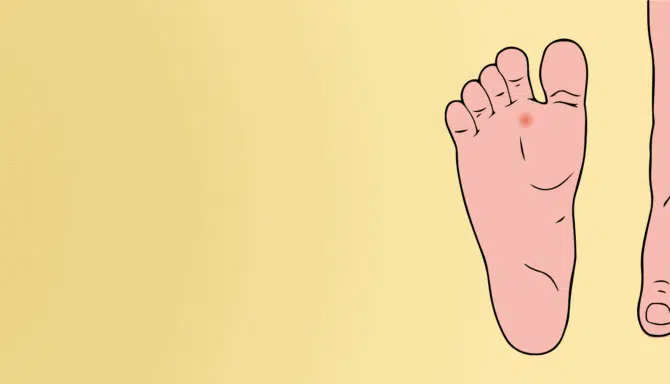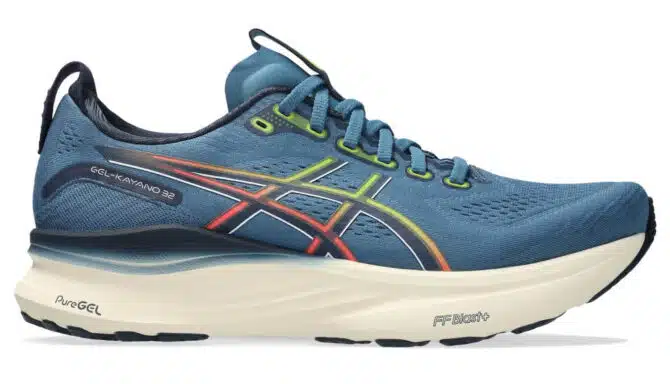Have you ever completed a run and noticed dirt on the insides of your ankles? You may be experiencing heel whip.
Often times, you may not notice a few clips of your calf or ankle with your opposite foot as you run. It’s quite common and can begin after a period of exercise when your muscles fatigue. It’s not a widely-discussed topic, and it sounds more like a skateboard move than anything. But ask any runner and they likely know the feeling of heel whip.
Isolated, it’s not an issue. But, if it’s repetitive, whip may be a sign of a greater underlying problem.
Let’s get into what it actually is, why it happens, and what you can do to fix it.
What Is Heel Whip?
Heel whip is when your heel whips outwards (lateral), or inwards (medial) while you run. The most common form of heel whip is medial, which means your heel moves inwards and brushes your opposite leg. As a result, you may experience irritation, or even cuts, on the inner portion of your leg, whether it’s the ankle or calf. For the most part, heel whip is subtle and happens only a few times throughout the course of a run.
However, depending on the severity and repetitiveness, an excessive heel whip can be cause for concern. The treads of your shoes can also have an impact. If you’re wearing aggressive trail shoes with large rubber lugs, you may have more irritation.

If you hear a runner say they kick their feet inward or outward when running, they’re referring to heel whip.
Based on a 2015 study to investigate the prevalence and characteristics of recreational runners with medial and lateral heel whips, half of the study’s participants were observed to heel whip. In that same study, there were twice as many medial (inward) heel whips as there were lateral, showing the prevalence of an inward whip.
Unfortunately, not all runners have access to a gait analysis, which is the best way to determine the severity of the issue. But, signs like scuffed calves and ankles are some clues to suggest you may be heel whipping.

Video Gait Analysis
If you experience heel whip and want to have a professional analyze your gait, we offer 3D video in order to further analyze gait. Video gait analysis involves being recorded while walking or running on a treadmill. The video software allows us to slow and stop and zoom in on specific areas during your gait in order to educate you about your foot type and gait pattern. Following the biomechanical assessment and gait analysis, you may be recommended certain devices, shoes and/or exercises to assist with obtaining your optimal biomechanics.
Speaking about gait analysis, Dr. Andrew Miner appropriately told the National Post, “The runner who wins is the one whose form deteriorates the least.” This sentiment is particularly true for heel whip since it can occur during the latter stages of a run when the body is fatigued.
Because of its repeated nature, a minor issue in one’s form can manifest itself to become a significant problem over time. Thus, finding the root of the problem is essential, and video gait analysis may provide a glimpse.
Why Does It Happen?
Whip is not necessarily the issue, but rather the result of an underlying foot condition or muscle imbalance that should be addressed.
Heel whip does not necessarily result in injury. However, repeated movement with muscle imbalances may put you at greater risk if they go unaddressed.
Not running in proper shoes may also cause you to compensate which may lead to heel whip. Being properly fitted is a crucial step in choosing the right shoe as is determining the type of shoe you need.
In fact, any number of underlying issues could contribute to heel whip including:
- Hallux limitus
- Weak tib anterior and extensor toe muscles
- Foot Baller’s ankle
- Limited/impaired hip extension
- Weak glutes (which minimizes hip extension range)
- Sway back
- Short quadriceps
- Excessive flip flop use
- Excessive pronation
- Impaired foot tripod mechanics
How To Fix Heel Whip
With so many different possibilities of where the underlying condition may lie, it’s difficult to pinpoint the exact fix that will work for you.
Foam Roll
In general, mobility issues often stem from the hips. For example, if you sit at work for extended hours, hip tightness would be no surprise. This is where foam rolling can come in. Spend 10-15 minutes a few days a week foam rolling your lower body. You may not see immediate effects, but the habit of foam rolling will be one that pays off greatly in the long run.
For further reading, read our complete guide on foam rolling 101.
Strengthen
Another fix can be lower body strength via a resistance band. With a band wrapped around your ankles and your legs in a quarter squat position, walk side to side in what is known as lateral band walks. Perform 10-15 lateral walks, and repeat 2-3 times with a break in between. With the band in the same position, you can also do step-ups to target your glutes.
Read about a complete list of daily foot exercises.
Shoes
Getting fitted with the proper shoes – like footwear with a rocker sole for example – can also provide relief for heel whip. For more on the different types of shoes, and how to determine your foot type, check out the three primary types of running shoes.
For all of your shoe needs, we offer many leading brands at the clinic.
To better identify the cause of your foot pain or discomfort and get immediate care, visit us at our Toronto foot clinic. Book an appointment that works best with your schedule through our contact page.
You do not need a referral to become a patient at our foot clinic.









